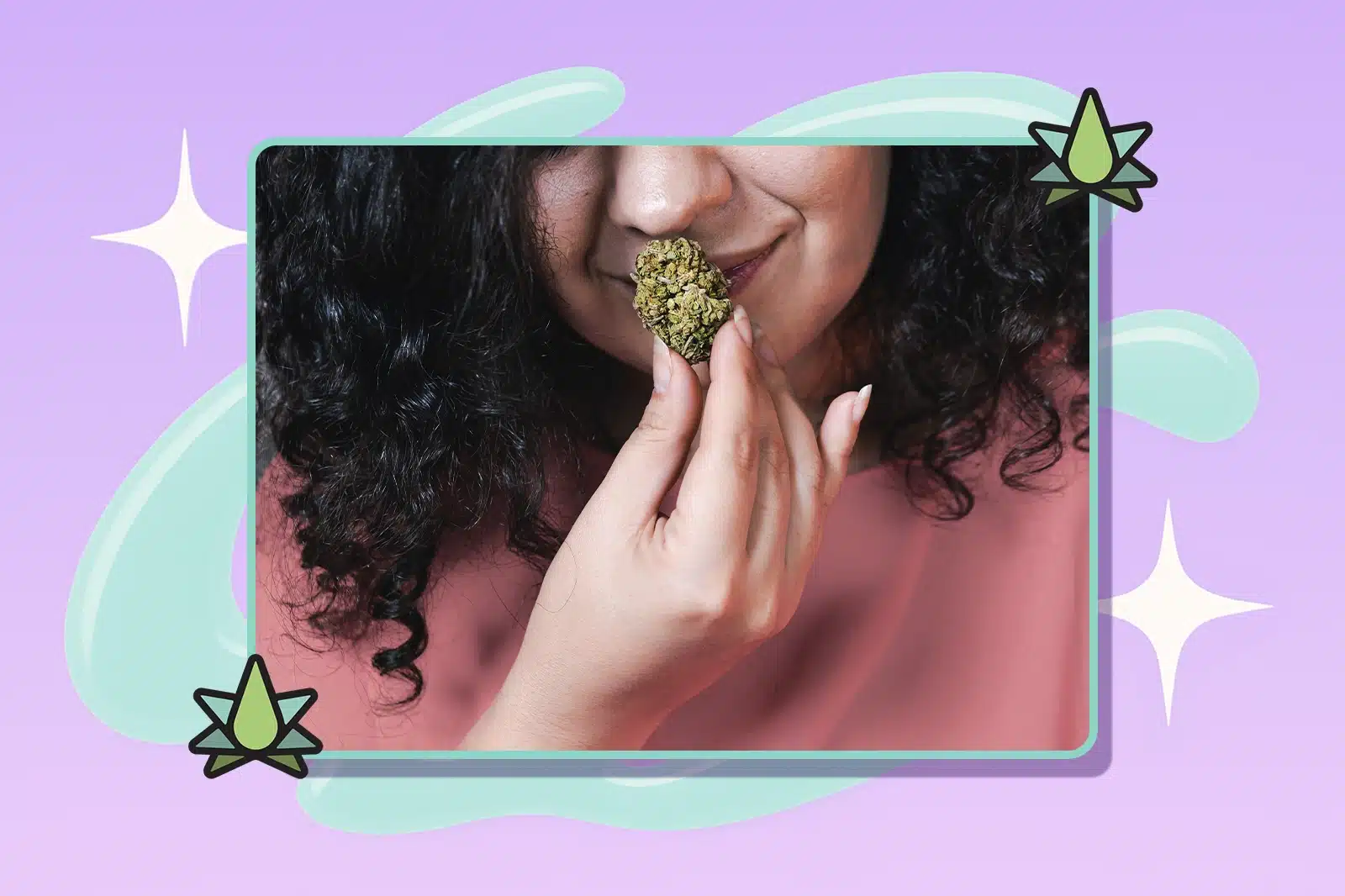Now, you understand how cannabis went from an ordinary cash crop in colonial times to a demonized Schedule I drug.
By the late 1980s, penalties for cannabis related offenses got totally out of hand. The number of people imprisoned for nonviolent drug offenses in the US skyrocketed (from 50,000 in 1980, to over 400,000 in 1997). This disproportionately affected Black Americans, while consumption of cannabis was statistically similar to white demographics. This brought forth years of intensive lobbying and activism.
Medicinal Legalization Ensues
Two activists of the San Francisco Cannabis Buyers Club, “Brownie Mary” Rathbun and Dennis Peron, disobeyed the cannabis laws by offering to sick and terminally ill patients. In doing so, they showed firsthand that cannabis could be an affordable and safe option to combat symptoms of AIDs and cancer related conditions.
So, in 1996, California became the first state to legalize medical cannabis with Proposition 215. Also known as the Medical Marijuana Initiative or the Compassionate Use Act of 1996, this allowed doctors to prescribe medical cannabis. It also allowed cannabis to be grown and sold in California.
By 1998, Maine, Hawaii, Colorado, and Nevada all legalized medical cannabis and began paving the way towards new avenues for clinical research of cannabis and hemp-based products.
Adult-Use Legalization, At Last
In 2012, Colorado and Washington became the first states to legalize adult-use cannabis. This huge regulatory shift opened the doors for other states to observe, plan, and execute their own state cannabis programs.
As of today, there are currently 18 states and two US territories that have adult-use cannabis legalized, and there are 41 states/territories that have medicinal legalized. While this is great progress, as long as cannabis is federally illegal, both business operations and cannabis research are significantly limited.
The 2018 Farm Bill Opens New Avenues For Research & Development
Under the Agriculture Improvement Act of 2018 (the “2018 Farm Bill”), which builds upon the Agriculture Act of 2014 (the “2014 Farm Bill”), hemp was designated as a commercial-scale agricultural commodity. In short, the 2018 Farm Bill freed hemp from the blanket term “cannabis” and removed its classification as a controlled substance from the Controlled Substances Act. Now, any hemp that tests below 0.3% THC can be grown as any other USDA regulated crop and is available for export. Some states opted to stay within the guidelines of the 2014 program (cultivation for research purposes only), however commercial hemp cultivation is fully legal under federal law in the United States.
The Future is Now
It’s unclear when we we will see federal legalization in the United States, but progress is happening.
And internationally, the industry has been making waves to end prohibition around the world. In reviewing a series of WHO recommendations on cannabis and its derivatives, the Commission on Narcotic Drugs (CND) voted to remove cannabis from scheduling in 2020, recognizing the medical and therapeutic potential. This decision could drive additional scientific research with more than 50 countries adopting medical and/or adult use cannabis programs.
So what’s next?
We can’t predict exactly how legal measures globally will evolve, but we have some sound predictions. Stay tuned for our intel on what the future will bring.


